DR HAFEZ SALEH MOHAMMED ALLADIN
The article was one among the 38 papers that were presented at a national seminar on ‘Scientific Heritage of India’, organised by the Mythic Society, Bangalore in September 1986. The proceedings of the seminar was first published by the organisers in June 1988.
Until the 6th century AD the Arabs were steeped in ignorance and there was no scientific activity. It is very significant to note that it was after the advent of the Holy Prophet Muhammadsa (571-632 AD) in the seventh century that a remarkable beginning of astronomical activity occurred among the Arabs. First, I would like to make some mention of the motivation provided by the Holy Quran and the Holy Prophetsa for the study of astronomy.
The Holy Quran repeatedly draws attention to the phenomena of nature. It exhorts us to ponder over the creation of the heavenly bodies and discover the signs of God which they present. For example, it says:
“In the creation of the heavens and the earth and in the alternation of the night and the day there are indeed Signs for men of understanding, those who remember Allah while standing, sitting and lying on their sides and ponder over the creation of the heavens and the earth.”[1]
I have seen in the Salar Jung Museum in Hyderabad and in Khuda Bakhsh Library in Patna, manuscripts of Muslim astronomers who begin their work with the above words of the Holy Quran, thus acknowledging their indebtedness to the Holy Book for providing motivation.
Specific injunction for studying the movement of the heavenly bodies and developing mathematics is contained in the following verse:
“He it is who made the sun radiate a brilliant light and the moon reflect a lustre and ordained for it stages, that you might know the number of years and mathematics. Allah has not created this but in truth. He details the Signs for a people who have knowledge.”[2]
The Holy Quran also teaches us the well-known prayer:
“Oh my lord increase me in knowledge.”[3]
In accordance with the teachings of the Holy Quran, the Holy Prophetsa greatly encouraged acquisition of knowledge. He is reported to have said, “Seek knowledge even if it be in China”.[4] In those days, America was not known and China was regarded by the Arabs to be a very distant land and journey to China was a difficult one. So the Holy Prophetsa mentioned it as an example, and thus greatly encouraged travel in quest of knowledge.
The teachings of the Holy Quran and the sayings of the Holy Prophetsa had a profound impact on the Muslim society. This is reflected in the scientific upsurge that ensued. From the 7th century onward, the Arabs vigorously pursued astronomy and in the Middle Ages they were the foremost astronomers of the world. Through the Arab schools in Baghdad, Cairo, Spain and Morocco, astronomical observations became important. The Arabs built what were then the finest observatories in the world and they developed astrolabe to a high degree. They translated Ptolemy’s Almagest into Arabic and extended the work of the Greeks. They developed algebra. The influence of the Arabs can be felt from several astronomical terms of common use that are derived from Arabic. Examples are zenith, nadir and almanac. The names of some most brilliant stars like Aldebaran, Altair, Betelgeuse, Rigel and Vega are also of Arabic origin.
In the 8th century AD, Baghdad was the capital of the caliphs and it rapidly developed into a centre of literary and scientific activity. The Caliph Al-Mansur who reigned from 754 to 775 AD was noted as a patron of science and he collected around him learned men both from India and the West. An important event occurred about 770 AD which led to a long and fruitful interaction between India and the Arab world. An embassy from Sind in India visited Baghdad. The embassy staff included an Indian astronomer who brought a copy of Brahmasphutasiddhanta and presented it to the Caliph Al-Mansur who ordered that it may be translated into Arabic. The translation was supplemented by material from other sources and has been known as Zij al-Sindhind.[5] In the same period another treatise based on the ideas of Aryabhata and Khandakhadyaka of Brahmagupta appeared in Arabic. It has been known as Zij al-Arkand.[6] These two books soon became popular in the Islamic world and provided the background of Indian astronomy to the Arabs.
Among the outstanding Muslim astronomers were Al-Battani, Al-Biruni, Al-Khwarizmi and Ulugh Beg. Let me briefly mention some important contributions.
Al-Battani (858-929): Al-Battani was the most celebrated astronomer of the Arabs. “Of astronomy”, al-Battani said, “the science of the stars comes immediately after religion as the noblest and most perfect of sciences, adorning the mind and sharpening the intellect and that it tends to recognize God’s oneness and the highest Divine wisdom and power”.[7] Al-Battani carried out observations over a period of 40 years from 878 to 918 AD. He made noteworthy improvements in Ptolemy’s measurements. He improved Ptolemy’s value of precession and the eccentricity of the sun’s orbit.[8] His most notable discovery was that he found that the solar perigee (the sun’s nearest point to the earth) was in motion although the motion was very slow.[9] Previously only the motion of the perigee of the moon was known. Al-Battani wrote a treatise known as Opus Astronomicum. His tables for predicting the positions of the sun, moon and planets were more accurate than those of Ptolemy.[10] His work was widely known during the Medieval Period.
Al-Biruni (973-1048): I shall only make a brief mention of the versatile Persian scholar Al-Biruni. A paper has been devoted to him in this seminar. Al-Biruni like Aryabhata approved the idea that the earth is rotating on its axis, a view which many scientists were reluctant to accept until a long time after Copernicus[11]. He visited India several times[12] and wrote a great treatise on astronomy, The Mas’udic Canon, in which he wrote: “I do not scorn to accept the truth from whatever source I can find it”.[13] His treatise was translated from Arabic and published by the Ministry of Education, Government of India, in 1954 with the comment: “No other scholar before or after him has combined the study of all that was available in his times from India, Greek and Muslim sources and at the same time left behind him so many original contributions on numerous spheres of learning”.[14]
Al-Sufi (903-986): Al-Sufi was the first to mention the visibility of the heavy spot of light which we now recognize as M31 or Andromade Nebula, a great external galaxy.[15]
Al-Khwarizmi (780-850): Al-Khwarizmi was one of the first scientists who in his research applied numerous arithmetic, trigonometric and astronomical results of Indian scientists. He wrote a treatise on arithmetic in which he gave an account of decimal notation based on nine figures and the Zeus sign taken from the Indians. It was through a Latin translation of Al-Khwarizmi’s work that the Hindu system of numbers was introduced to Europe.[16]
The term algorithm so commonly used today to denote ‘way of calculation’ is a corrupt form of Al-Khwarizmi’s name. Al-Khwarizmi was the author of Zij al-Khwarizmi in which trigonometric tables and the rules of their use are given.
Al-Khwarizmi wrote a treatise on astronomy which was a synthesis of the Greek Almagest, the Persian Zij al-Shahryar and the Indian Sindhind. For the mean motion of the planets, he relied on Sindhind, for their equations on Zij al-Shahryar and for the eclipticity of the sun on Almagest.
Abul Wafa (939-998): Abul Wafa of Baghdad wrote a voluminous treatise on astronomy, known also as Almagest which contain new research on the motion of the moon. He appears to have discovered the inequality of the moon’s motion known as ‘variation’ which has its greatest effects half way between the four quarters.[17]
Ibn Yunus (d. 1008): Ibn Yunus published a record of Arabian observations extending over nearly two centuries. These included record of two solar eclipses and one lunar eclipse. He deduced the ‘secular acceleration of the moon’, a phenomenon of great interest in contemporary astronomy. His tables are known as Hakemite tables, Hakem being the caliph at that time. He obtained a very accurate value of annual precession.[18]
Nasir al-Din al-Tusi (1201-1274): Al-Tusi built a great observatory at Maragha, in Persia, in 1259 AD and published his famous Ilkhamic tables which contain the usual tables for computing the motions of the planets and a star catalogue, based to some extent on new observations.[19]
By steady improvement in accurate observations, the Arabs went on increasing the value of each successive set of tables and constants. The Arab astronomers made regular and as far as possible nearly continuous observations of the chief heavenly bodies. They had the custom of noting the positions of known stars at the beginning and at the end of the eclipse, so as to have afterwards an exact record of the times of their occurrence. So much importance was attached to correct observations that we are told that those of special interest were recorded in formal documents signed on oath by a mixed body of astronomers and lawyers.[20]
Ulugh Beg (1394-1449): There was a decline in astronomical activity of the Arabs and Persians after the 13th century. There was however a remarkable exception. In the 15th century AD, astronomical activity was kept glowing by Samarkand’s school founded by the great astronomer Mirza Ulugh Beg who built the largest astronomical instrument of his day and used it to compile a precise stellar catalogue of 1,018 stars, which was completed in 1436 AD. The meridian arc was the central instrument of the observatory. Ulugh Beg undertook a complete revision of the earlier catalogue of the stars. He managed to measure the azimuth to within three arc minutes, correlate these data with sidereal time, and connect them to a position in the sky relative to the ecliptic. He also measured the angular distances covered by the planets each year which match modern values to within several arc seconds. Ulugh Beg’s astronomical tables became almost as famous as those of Ptolemy and they form the basis of most subsequent catalogues.[21]
Sawai Jai Singh II (1688-1743):
The outstanding Indian astronomer Maharaja Sawai Jai Singh II of Jaipur was greatly influenced by the works of the scholars of the Samarkand school and extended their work. Apart from Ulugh Beg whom he followed, he mentions the names of Nasir al-Din al-Tusi and others. Jai Singh built observatories in Delhi, Jaipur, Banaras, Mathura and Ujjain. Observations were thus carried out from different parts of India. Jai Singh preferred to use masonic instruments some of which he himself designed – rather than metallic ones. Planetary tables were prepared and Ulugh Beg’s 300 year old catalogue was updated. The results were published as a set of astronomical tables named Zij Muhammad Shahi in honour of the Moghul King Muhammad Shah.[22]
In short, the interaction between the Arab and Persian astronomers with Indian astronomers was very fruitful on both sides and had significantly enriched the scientific heritage of India and of the world at large.
The late author was a renowned Indian astronomer who held a PhD in astronomy from the University of Chicago. He worked as a professor at Osmania University in Hyderabad, where he served as the Director of the Centre of Advanced Study in Astronomy. Additionally, he had served as the educational advisor to the former President of India, Dr A P J Abdul Kalam. Throughout his career, he authored many books and articles and published numerous research papers.
END NOTES
[1] Holy Quran 3:191-192
[2] Holy Quran 10:6
[3] Holy Quran 20:115
[4] Abu Nu’aym has recorded this narration in his Tarikh Isbahan
[5] The oldest extant source that records the incident of an astronomer from India visiting the Caliph al-Mansur is Kitab Tabaqat al-Umam by Sa’id al-Andalusi, an eleventh century scientist of Muslim Spain. He narrates the incident in pages 49-50 (Beirut 1912) on the authority of Ibn al-Adami who had recorded the same in his Zij, which is unfortunately lost. The same account has also been recorded by Ali ibn Yusuf al-Qifti in his famous book Ikhbar al-Ulama bi Akhbar al-Hukama page 270 (Dieterich’sche Verlagsbuchhandlung, Leipzig 1903). – Light of Islam
[6] Al-Biruni in his Al-Qanun al-Mas’udi p. 180 (published under the auspices of the Ministry of Education, Government of India, by Osmania Oriental Publications Bureau, Hyderabad, 1954) has specifically mentioned Khandakhadyaka which, he says, is known among the Arabs as Zij al-Arkand. – Light of Islam
[7] A History of Astronomy by Antonie Pannekoek, Interscience Publishers, New York, 1961 p. 167
The original source is Al-Zij al-Sabi (Opus Astronomicum) by Al-Battani – Light of Islam
[8] A Concise History of Astronomy by Peter Doig, Chapman & Hall, London 1950, p. 42
[9] “Al-Battani”, in Oxford Dictionary of Scientists by John Daintith and Derek Gjertsen p. 7 – Light of Islam
[10] A Concise History of Astronomy by Peter Doig, Chapman & Hall, London 1950, p. 42
[11] Tahqiq Ma lil Hind by Al-Biruni, translated as Alberuni’s India by Edward C Sachau p. 277, Trübner & Co., London, 1887 – Light of Islam
[12] Al-Biruni, Persian Scholar, 973-1048 by A Vibert Douglas, Journal of the Royal Astronomical Society of Canada v. 67, p. 210
[13] From the autograph manuscript dated AH 416 of Al-Biruni’s Kitab al-Tahdid p. 45 – Light of Islam
[14] Al-Qanun al-Mas’udi p. i (published under the auspices of the Ministry of Education, Government of India, by Osmania Oriental Publications Bureau, Hyderabad, 1954) – Light of Islam
[15] A Concise History of Astronomy by Peter Doig, Chapman & Hall, London, 1950, p. 42
[16] A History of Astronomy by Antonie Pannekoek, Interscience Publishers, New York, 1961 p. 165-166
[17] A Short History of Astronomy by Arthur Berry, Charles Scribner’s Sons, New York, 1899, p. 79
[18] A Concise History of Astronomy by Peter Doig, Chapman & Hall, London, 1950, p. 43
[19] A Short History of Astronomy by Arthur Berry, Charles Scribner’s Sons, New York, 1899, p. 82
[20] Ibid p. 78
[21] Ulugh Beg’s Forgotten Observatory by Earnest W Piini, Sky and Telescope, June 1986 p. 542
[22] The Astronomical Observatories of Jai Singh by George R Kaye, Superintendent Government Printing, Calcutta, 1918
Apart from these, the following sources were also cited in the original paper:
The History of Astronomy by Giorgio Abetti, Sidgwick and Jackson, London, 1954
Chamer’s Biographical Encyclopedia of scientists, 1981
A History of Astronomy by Walter W Bryant, Methuen & Company, 1907
Indo-Soviet Seminar on Scientific and Technological Exchanges Between India and Soviet Central Asia in Medieval Period, Bombay, November 7-12, 1981: Proceedings edited by B V Subbarayappa, Indian National Science Academy, 1985




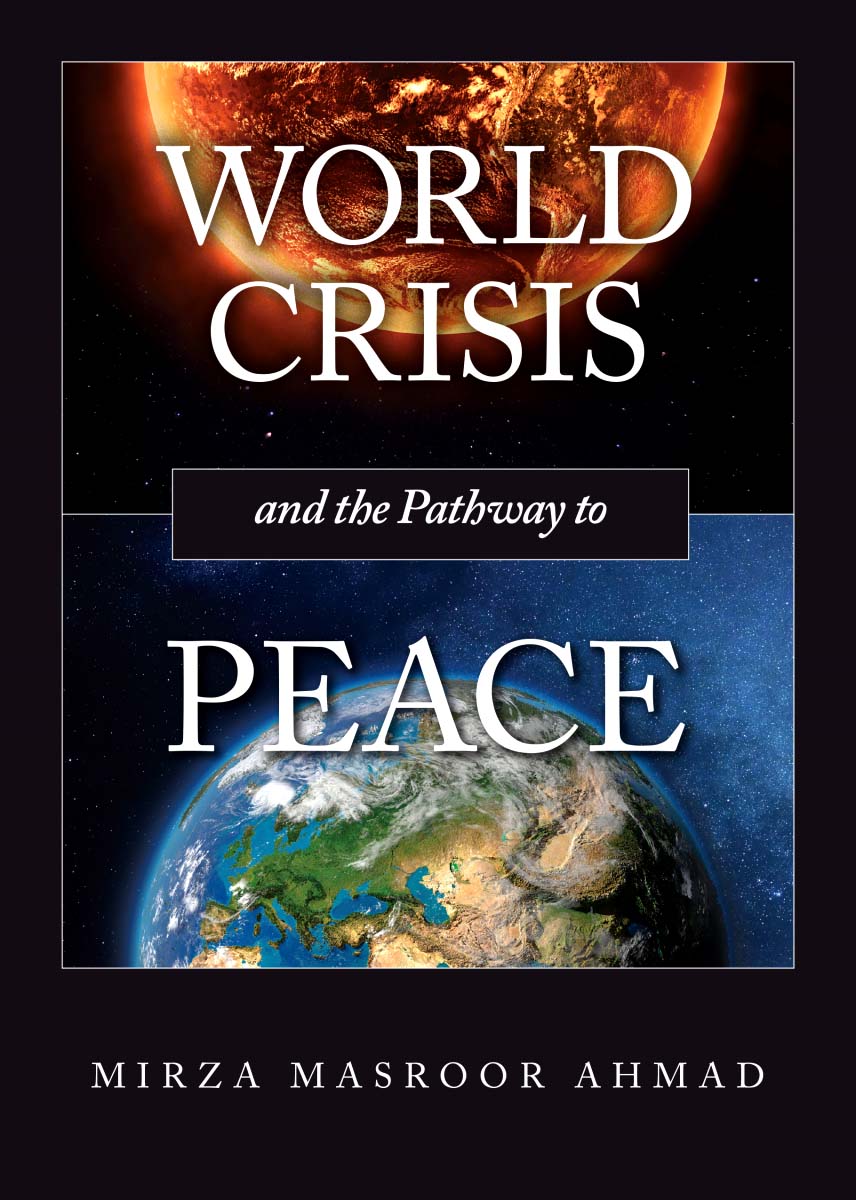
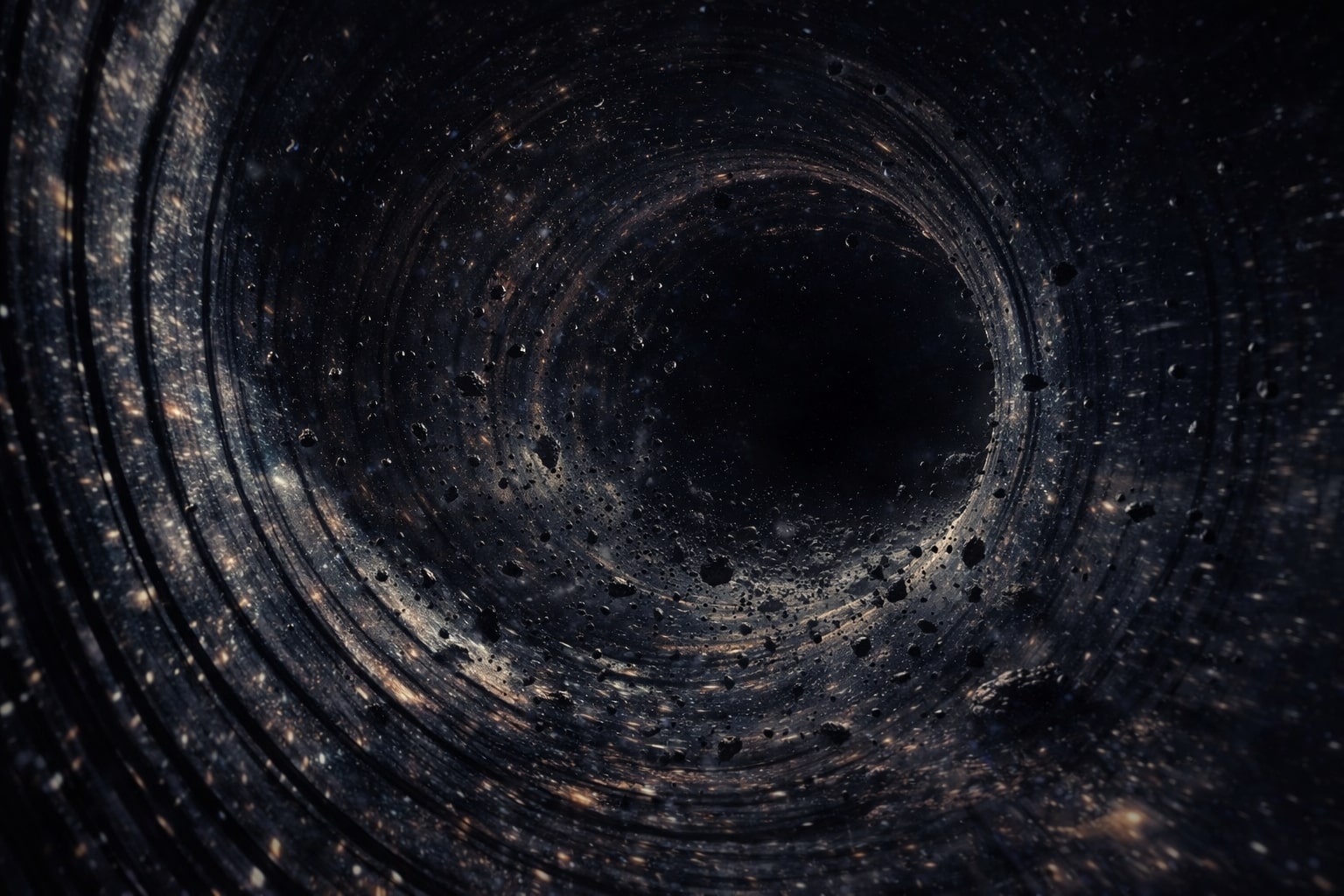

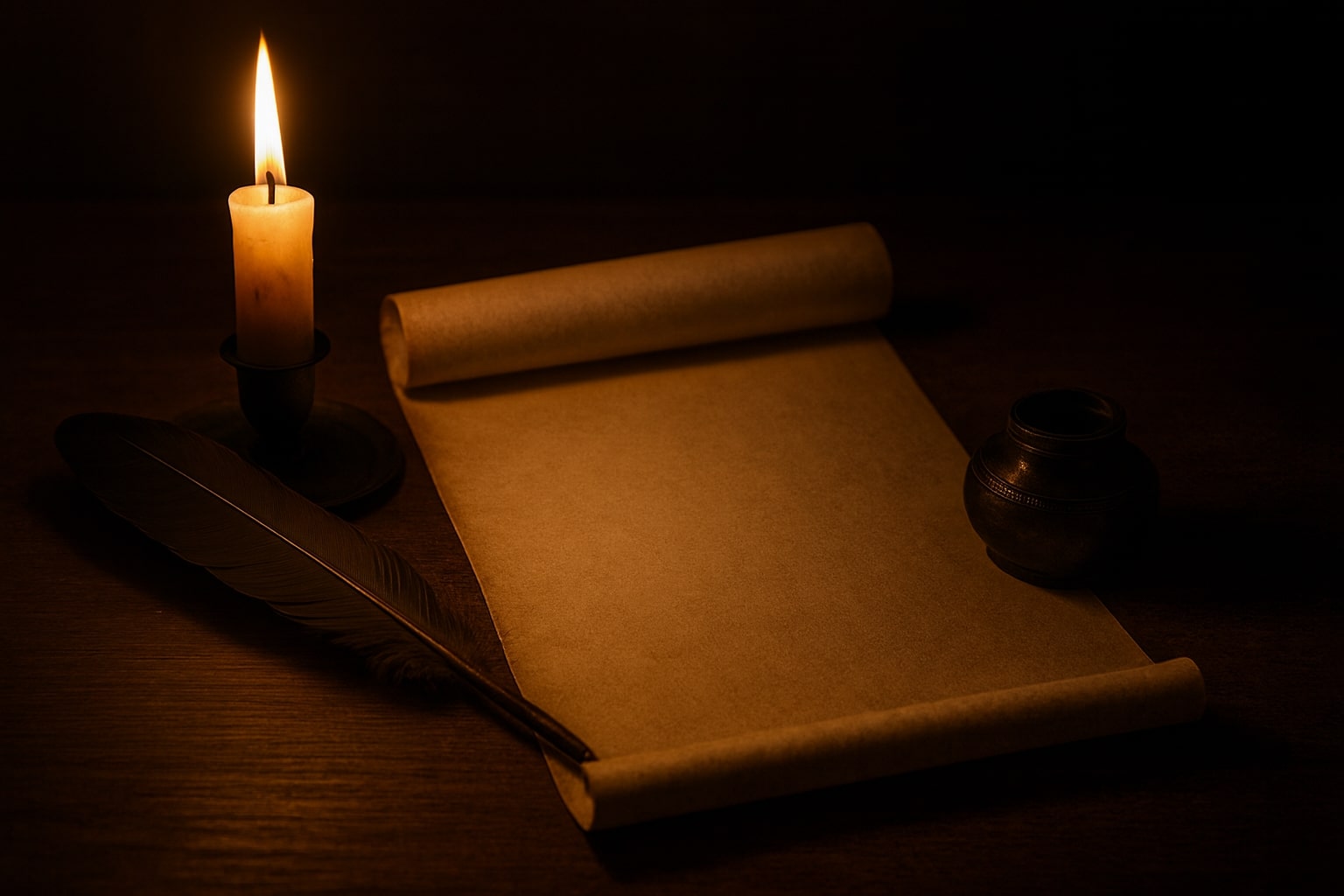
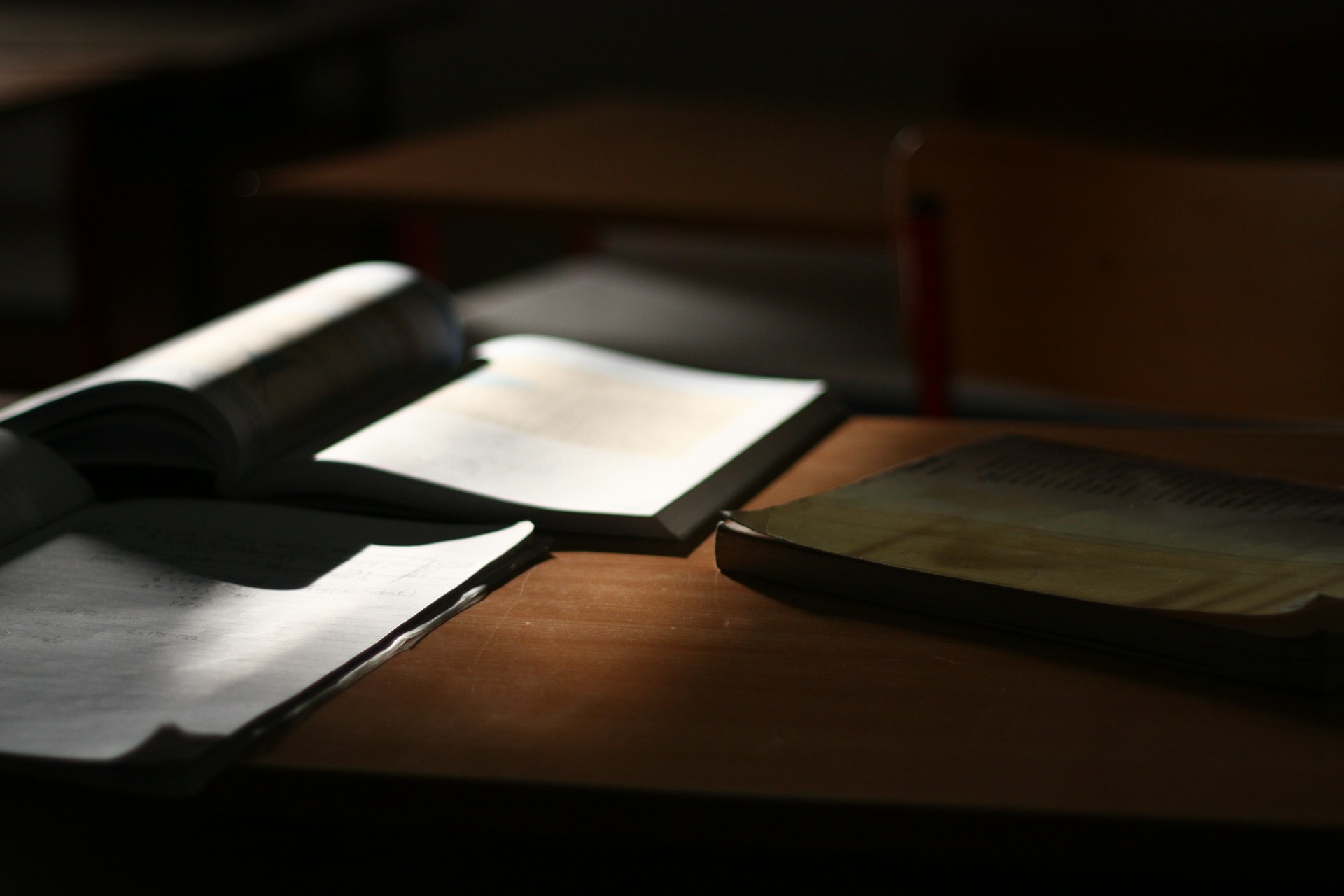



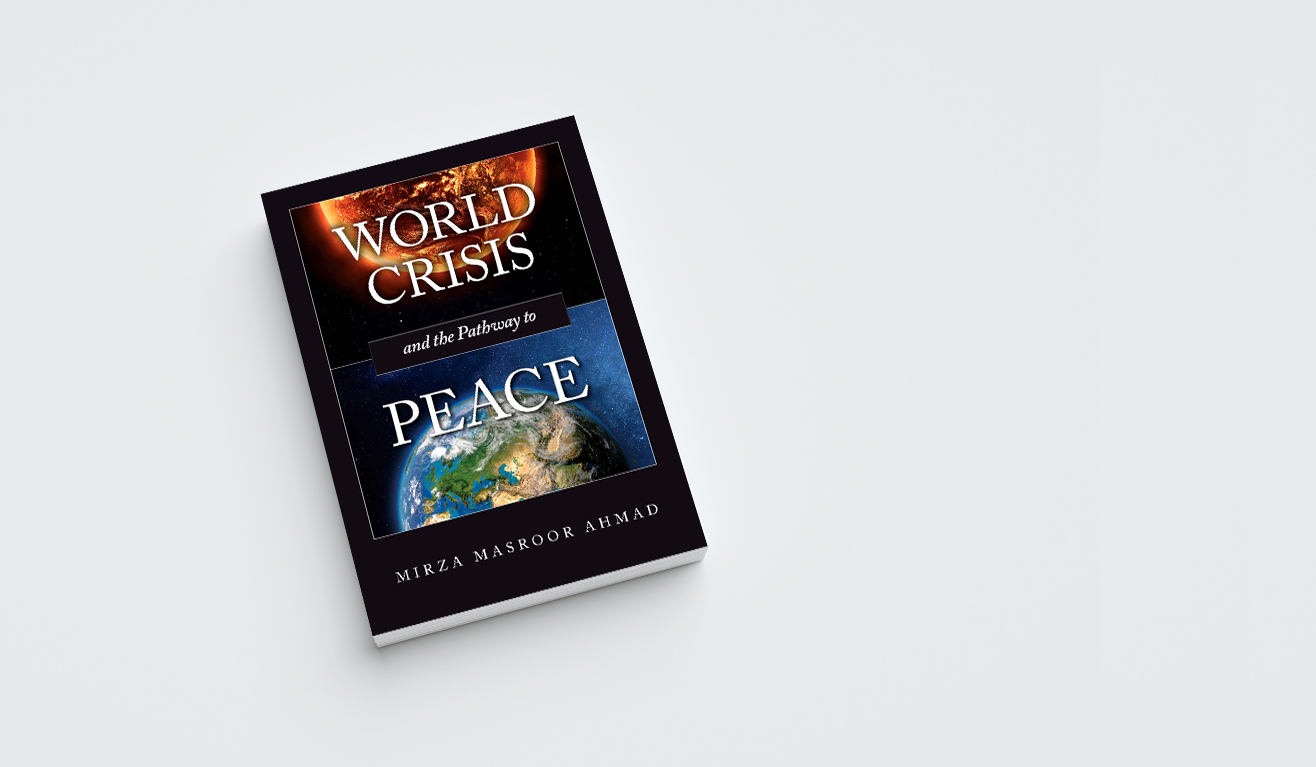
3 Comments
sahanwaz samim · August 24, 2021 at 4:55 am
Marvellous article
Mubarak Ahmed · August 26, 2021 at 9:36 am
Mashallah islam is real science which shows the world how the God runs system of heaven and earth.
Shoukath · September 21, 2021 at 6:52 am
Very good article